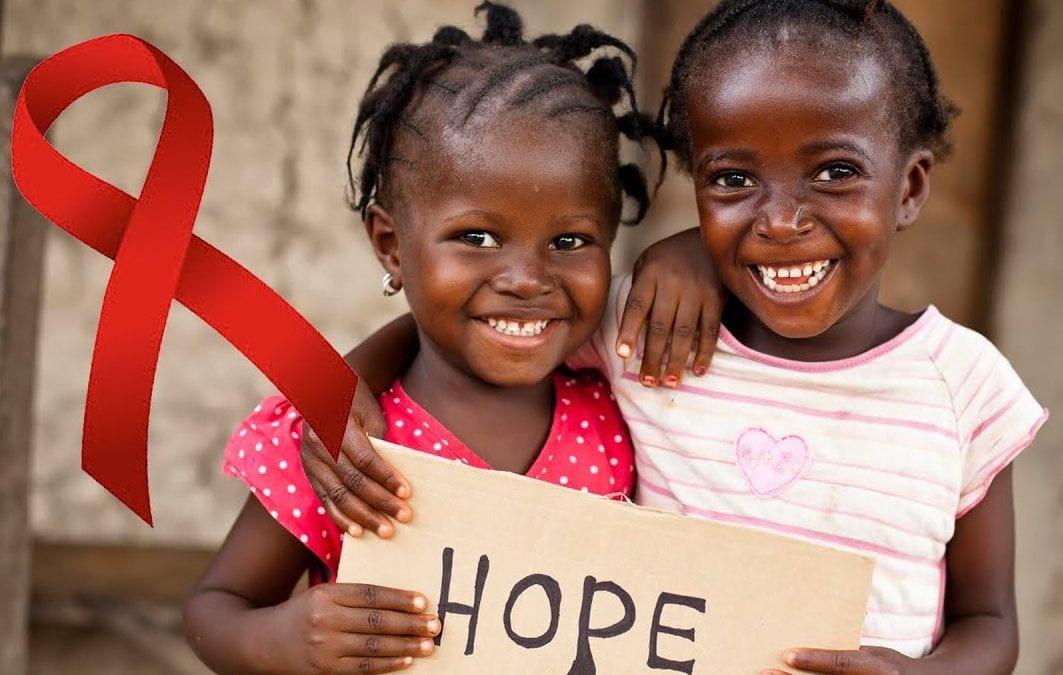
Stolen Innocence: The Silent Struggle of HIV-Positive Children
Every two minutes, a child is infected with HIV, and every five minutes, a child loses their life to HIV-related diseases.
Introduction:
Childhood HIV infection remains a global health crisis, with alarming statistics highlighting the urgency of addressing this silent struggle. While progress has been made, particularly in Africa, where the impact is most significant, challenges persist.
Global Overview:
In Africa, the number of children under 14 living with HIV reached its peak in 2007 at 2.1 million, dropping to 1.3 million. However, this reduction, though significant, is not sufficient, especially when considering that the current figure is still ten times higher than the number seen in the rest of the world. The Sub-Saharan region bears the brunt of this crisis, necessitating targeted interventions.
Transmission and Prevention:
Mother-to-child transmission (MTCT) remains a primary mode of infection during pregnancy, childbirth, or breastfeeding. Antiretroviral therapy (ART) is a key preventive measure, significantly reducing transmission rates. Advances in ART have transformed the prognosis for HIV-positive individuals, enabling longer and healthier lives and lower transmissions.
Impact of ART on New Infections:
The introduction of ART treatment for HIV+ pregnant women in Africa in 2000 led to a remarkable 74% reduction in the number of children newly infected with HIV, highlighting the efficacy of ART in preventing mother-to-child transmission.
Challenges in Access to Treatment:
Despite progress, access to ART for pregnant women in Africa has stagnated. In the past five years, only marginal improvement, with approximately 30% of pregnant women still untreated throughout their pregnancies. Identifying barriers to treatment access and the need for targeted interventions.
Conclusion:
The strides made in reducing new HIV infections among children through ART are commendable, yet the battle is far from over. Focused efforts are required to address the persistent challenges in ensuring that all HIV-positive pregnant women in Africa have access to life-saving treatments such as:
- Scale up access to ART for pregnant women by increasing medication availability and addressing logistical challenges.
- Conduct comprehensive community education campaigns to raise awareness about HIV testing, treatment, and prevention, with a focus on dispelling myths and reducing stigma.
- Integrate HIV testing and treatment services into routine maternal and child healthcare to ensure consistent and timely care for pregnant women.
The urgency of this mission cannot be overstated, as it directly impacts the innocence and lives of countless children at risk of falling victim to this silent epidemic.
